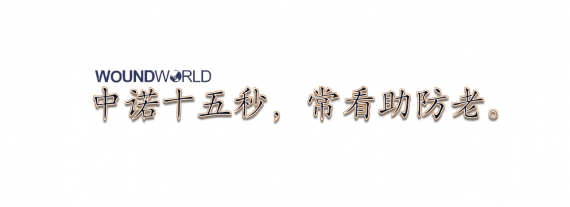Nahid Amini | Christina Osterlund | Jessen Curpen | Virginie Lafon-Kolb | Thibaud Richard | Lene Visdal-Johnsen Global Research and Development, Oriflame Cosmetics, Stockholm, Sweden
Correspondence: Nahid Amini (该Email地址已收到反垃圾邮件插件保护。要显示它您需要在浏览器中启用JavaScript。)
Received: 19 September 2024 | Revised: 15 November 2024 | Accepted: 25 November 2024
Funding: The authors received no specific funding for this work.
Keywords: collagen | data mining | dermal density | Glycyrrhiza uralensis | phytoestrogen
ABSTRACT
Background: The dermal extracellular matrix (ECM) is a dynamic scaffold composed mainly of proteins, with collagen as the key structural component providing resilience and support to the skin. Post-menopause, declining estrogen levels lead to a significant reduction in skin health, notably a 30% decrease in collagen types I and III within 5 years.
Aim: To discover natural extracts that stimulate collagen production.
Methods: We utilized PathwayStudio to analyze protein–protein interactions and identify regulators of essential collagen types. Our study assessed Glycyrrhiza uralensis extract's ability to boost collagen production and enhance dermal density both in vitro and in vivo.
Results: PathwayStudio analysis highlighted phytoestrogens including glycyrrhizin, isoliquiritigenin, liquiritigenin, liquiritin, and glabrol, as potential candidates. Liquorice rhizome (G. uralensis), used in traditional Chinese medicine, is rich in phytoestrogens like liquiritigenin. The G. uralensis extract increased collagen I and III gene expression and pro-collagen I protein levels in human dermal fibroblasts and inhibited UVB and pollution-induced matrix metalloproteinase-1 (MMP1) production. In an in vivo study, a topical formulation containing the extract significantly improved dermal density after 56days, measured by the DUB SkinScanner.
Conclusions: These findings suggest G. uralensis extract as a promising agent for enhancing collagen production and skin health, particularly in postmenopausal women. Further research is needed to explore its mechanisms and long-term effects.
1 | Introduction
The dermal extracellular matrix (ECM) serves as a scaffold composed of various proteins, with collagen being the predominant component that imparts durability and structural support to the skin. The structural and functional significance of collagen in the skin cannot be overstated. Collagen fibers, primarily type I and III, confer tensile strength and contribute to the maintenance of skin thickness and elasticity. The delicate balance between collagen synthesis and degradation is paramount for skin homeostasis, and disruptions in this equilibrium are implicated in various dermatological conditions, including premature aging, skin sagging, and impaired wound healing [1].
Collagen synthesis, degradation, and remodeling are meticulously regulated processes, with hormonal signals playing a pivotal role in modulating these intricate mechanisms. Among these hormones, estrogen, traditionally linked to reproductive functions, emerges as a key influencer of skin physiology with its multifaceted effects. The decline in estrogen levels, particularly during menopause, represents a significant reduction in skin health such as overall thinning, fine wrinkles, and
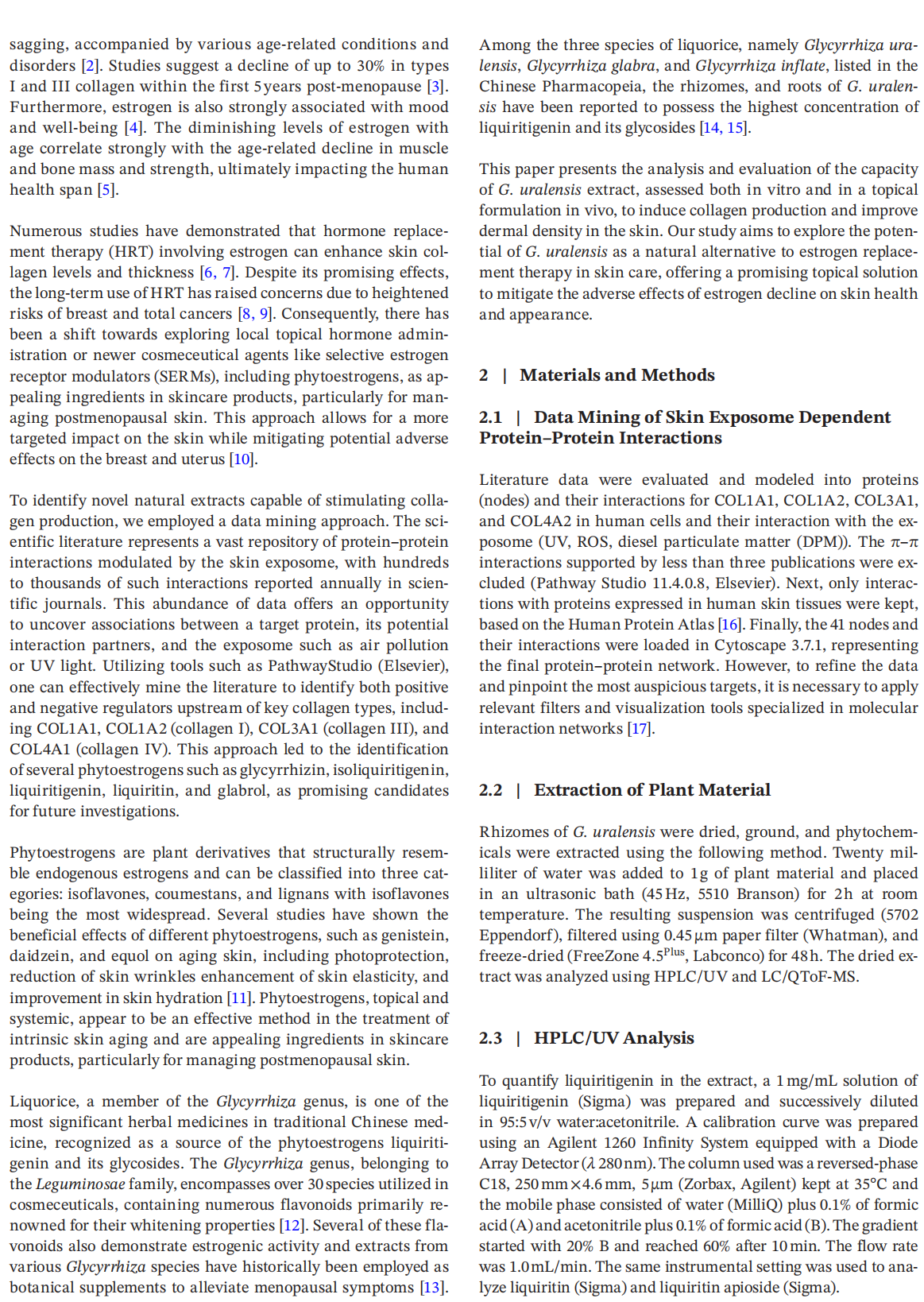
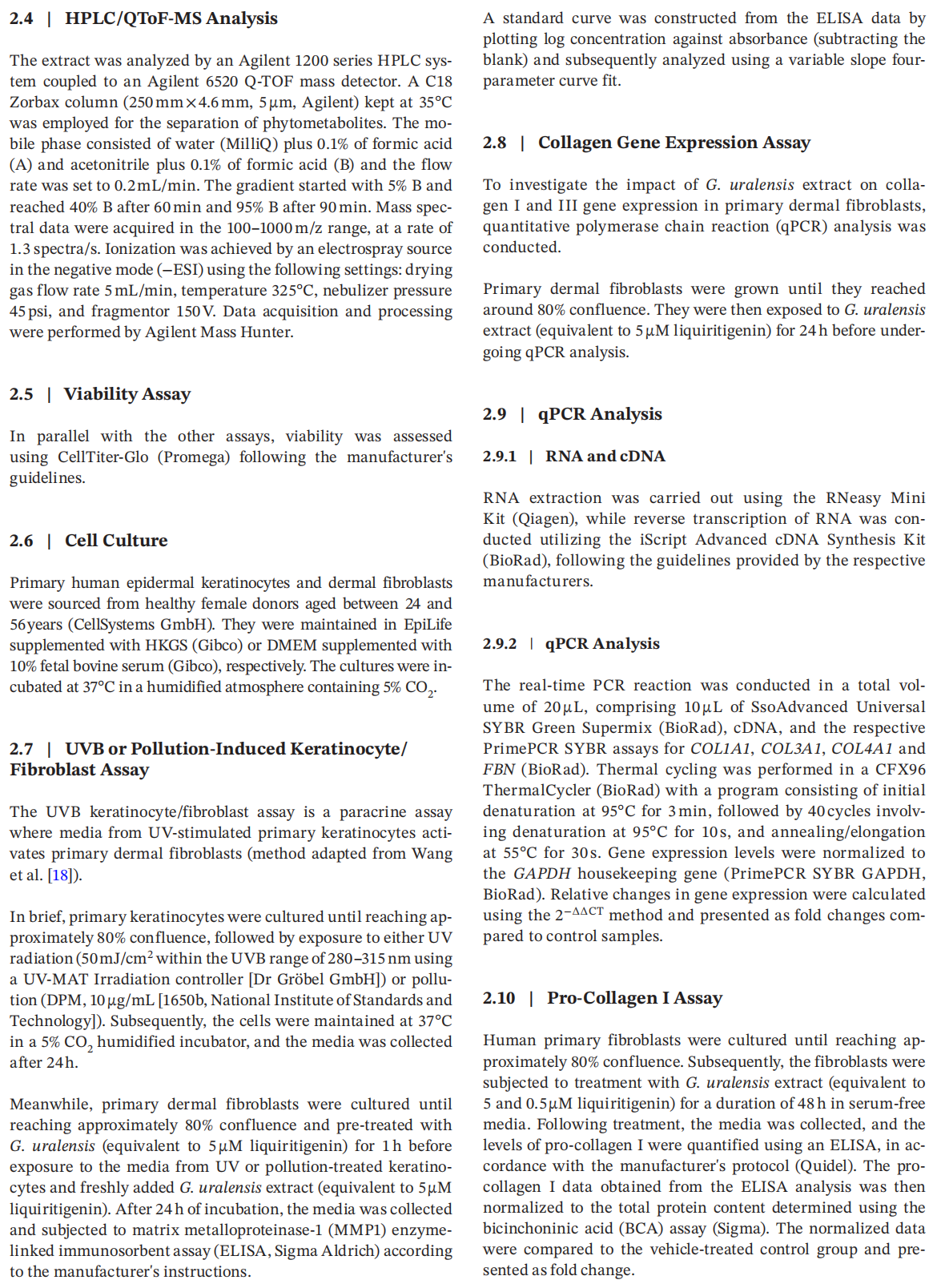
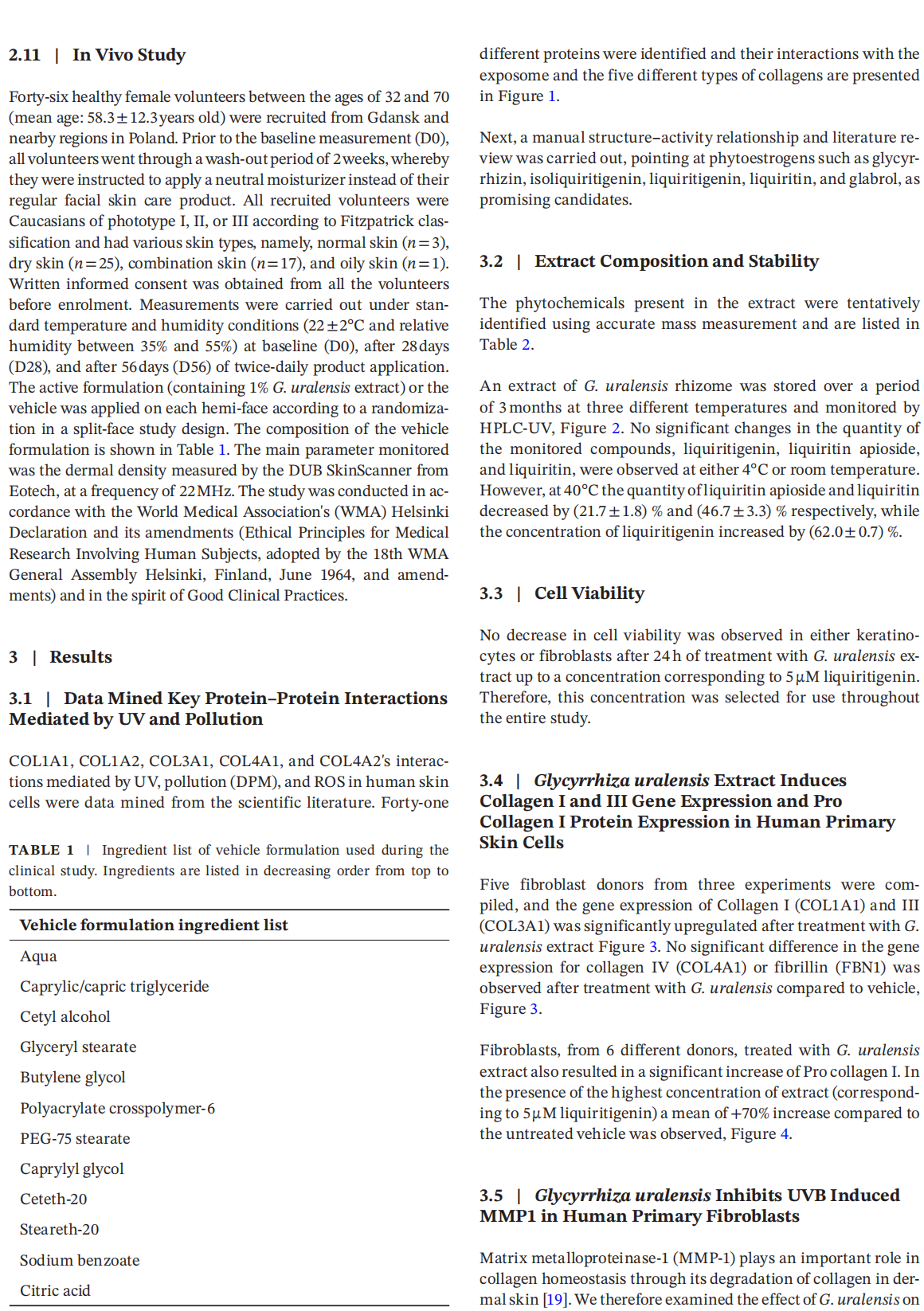
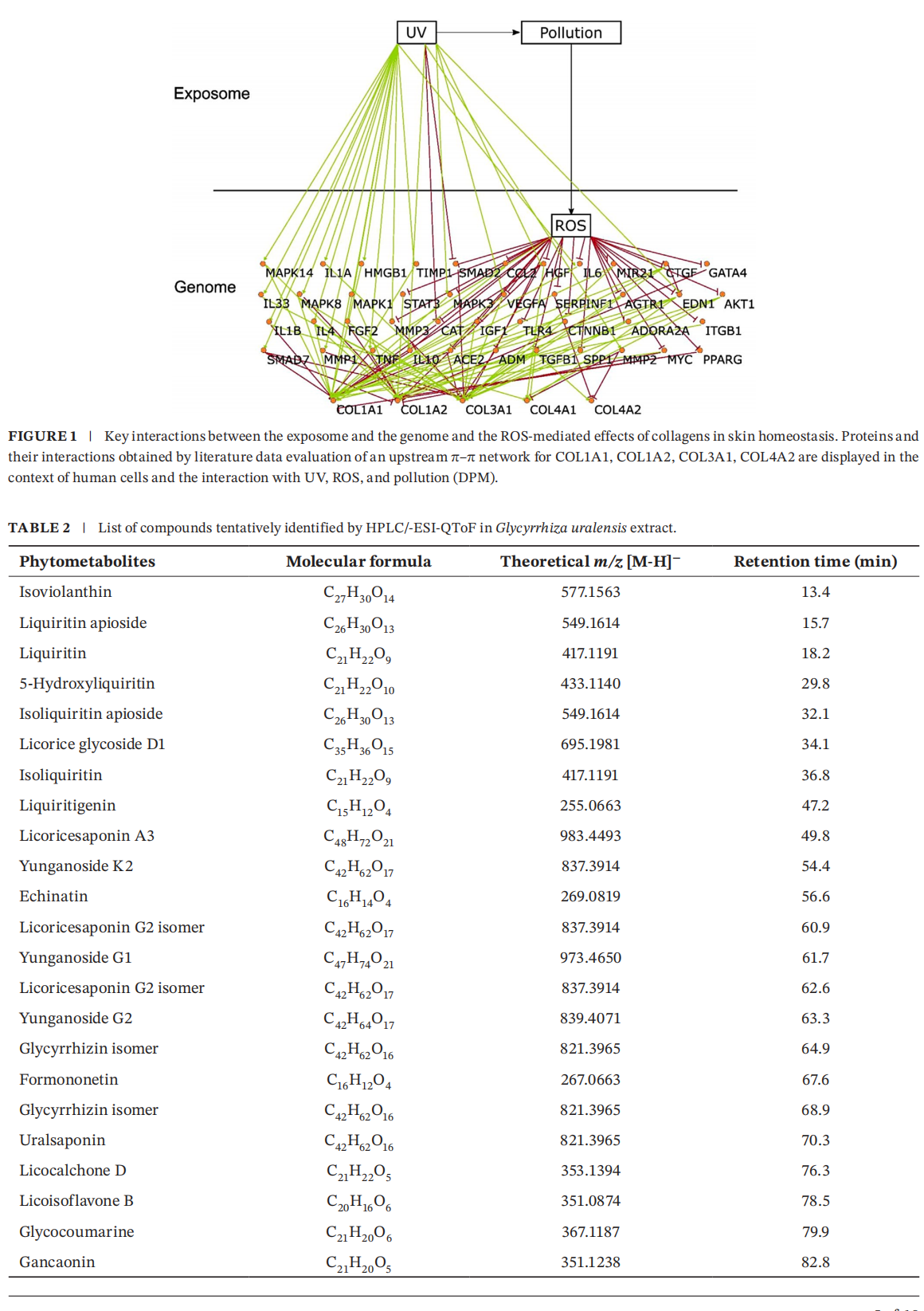
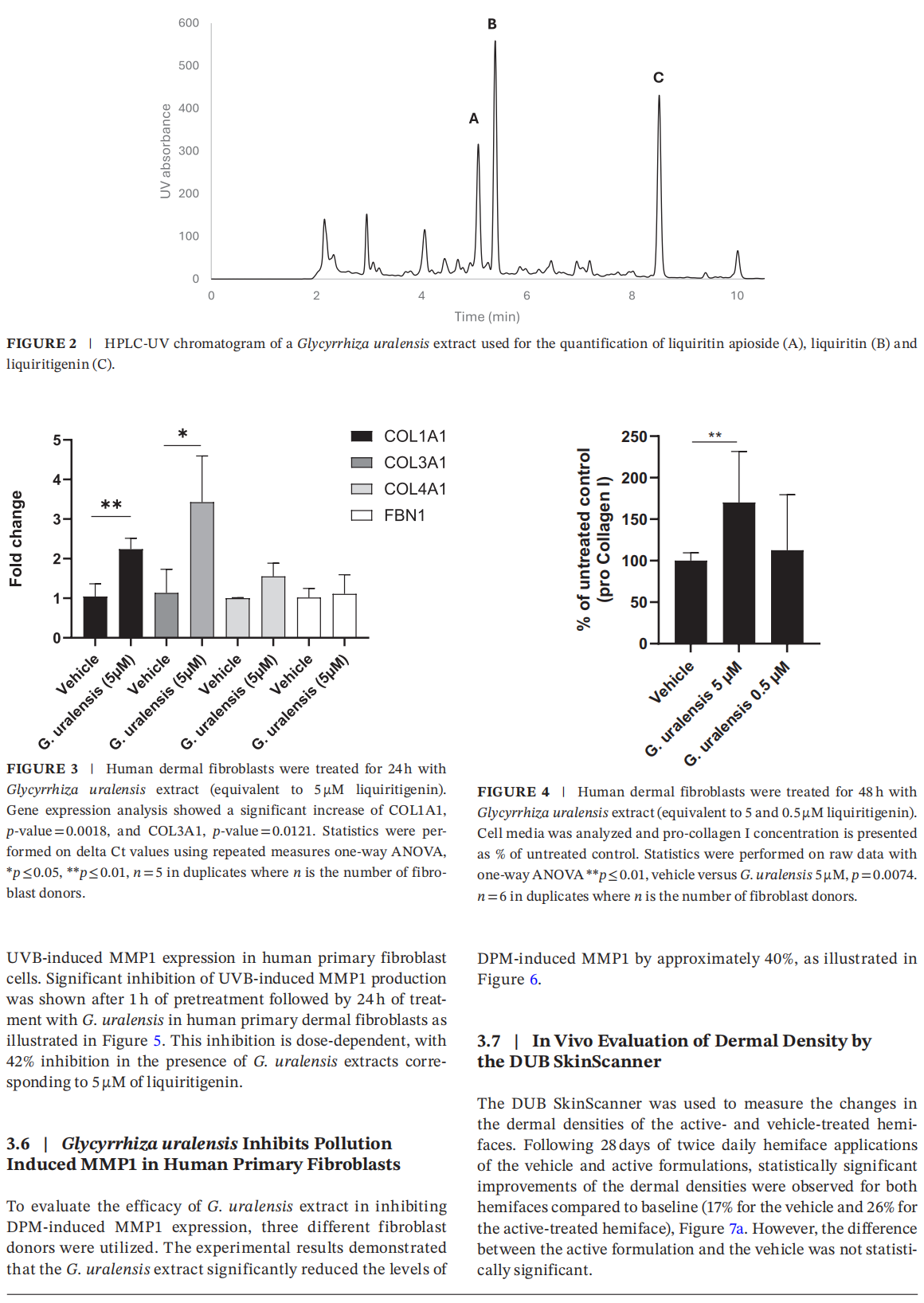
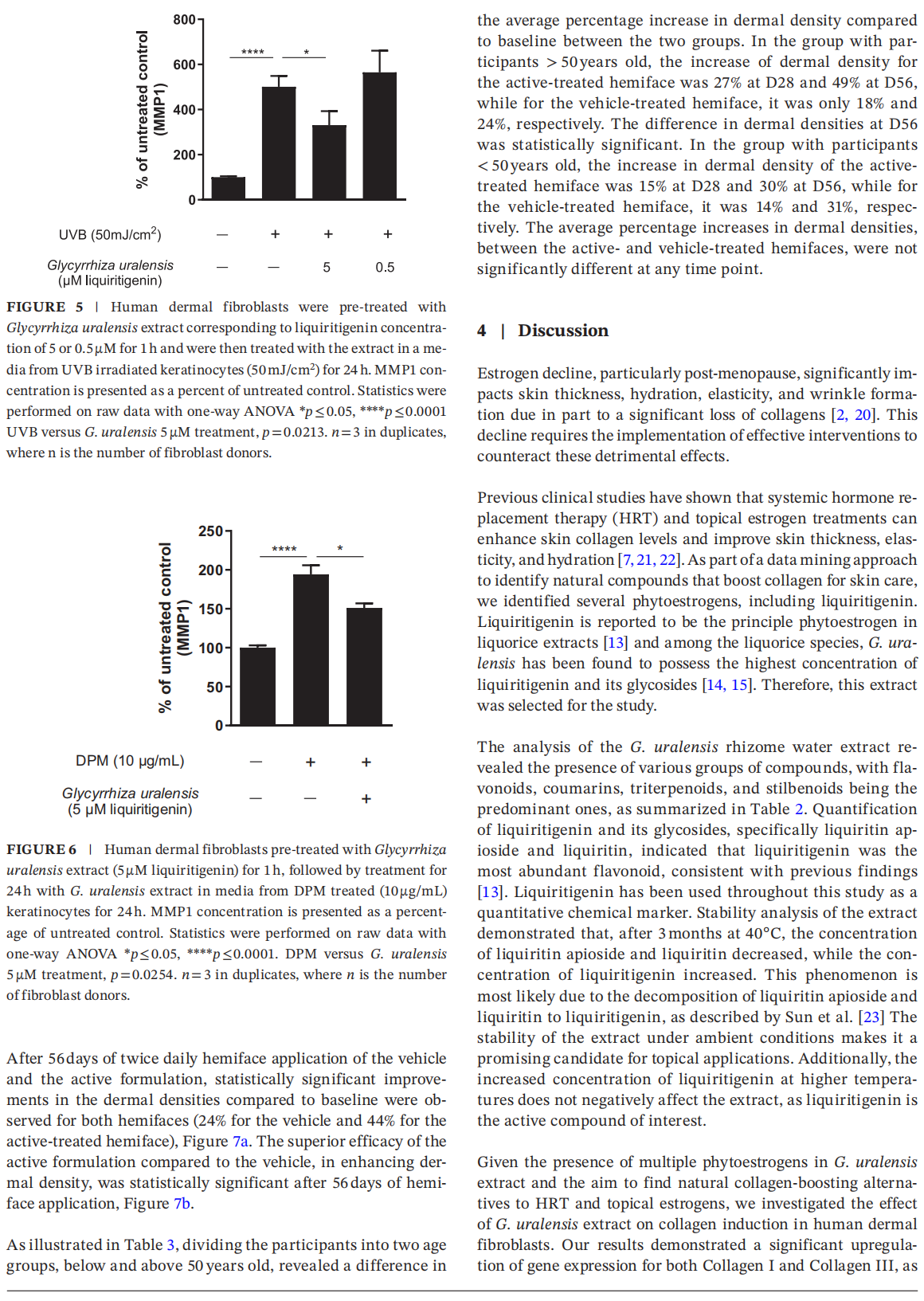
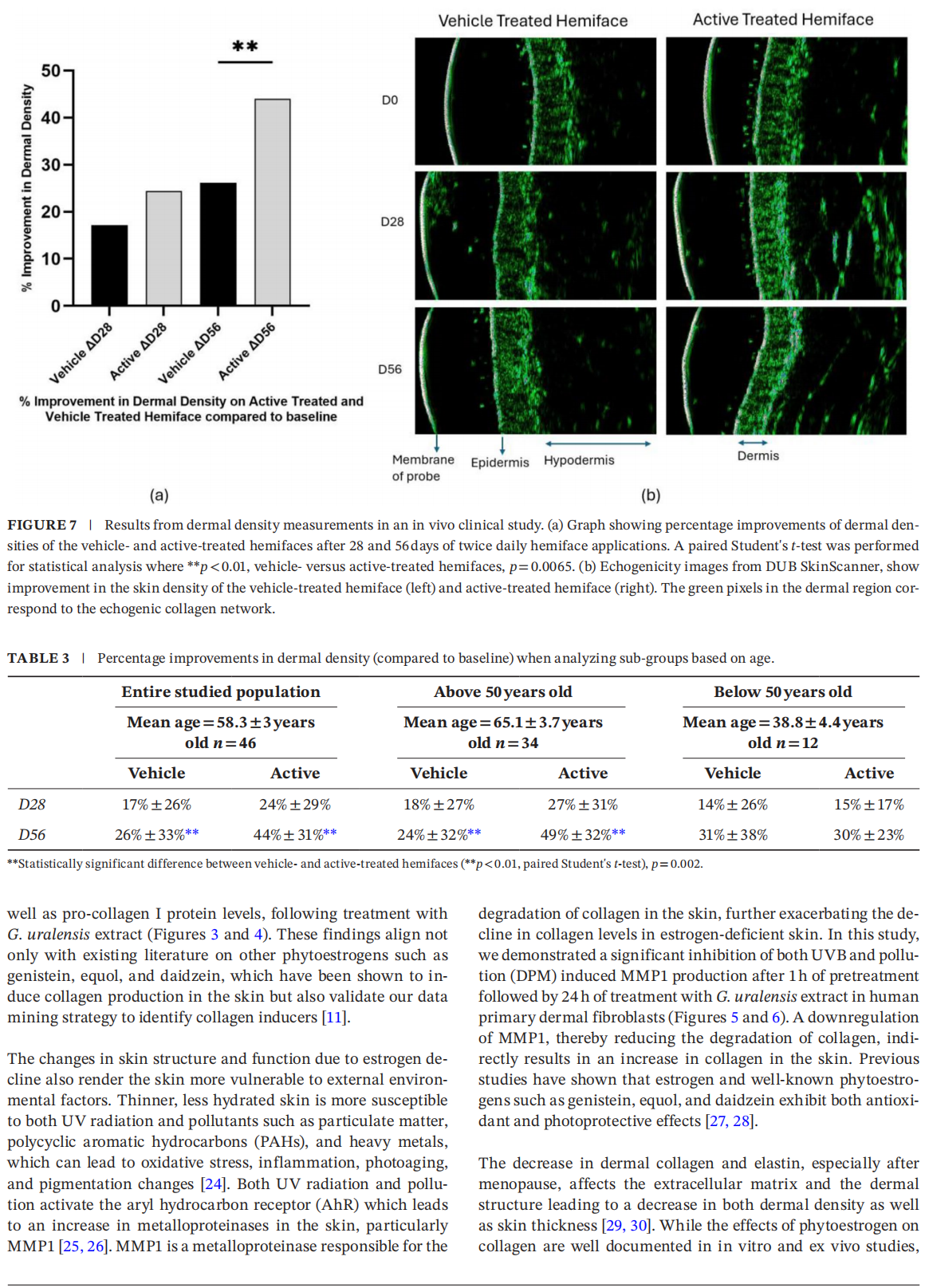
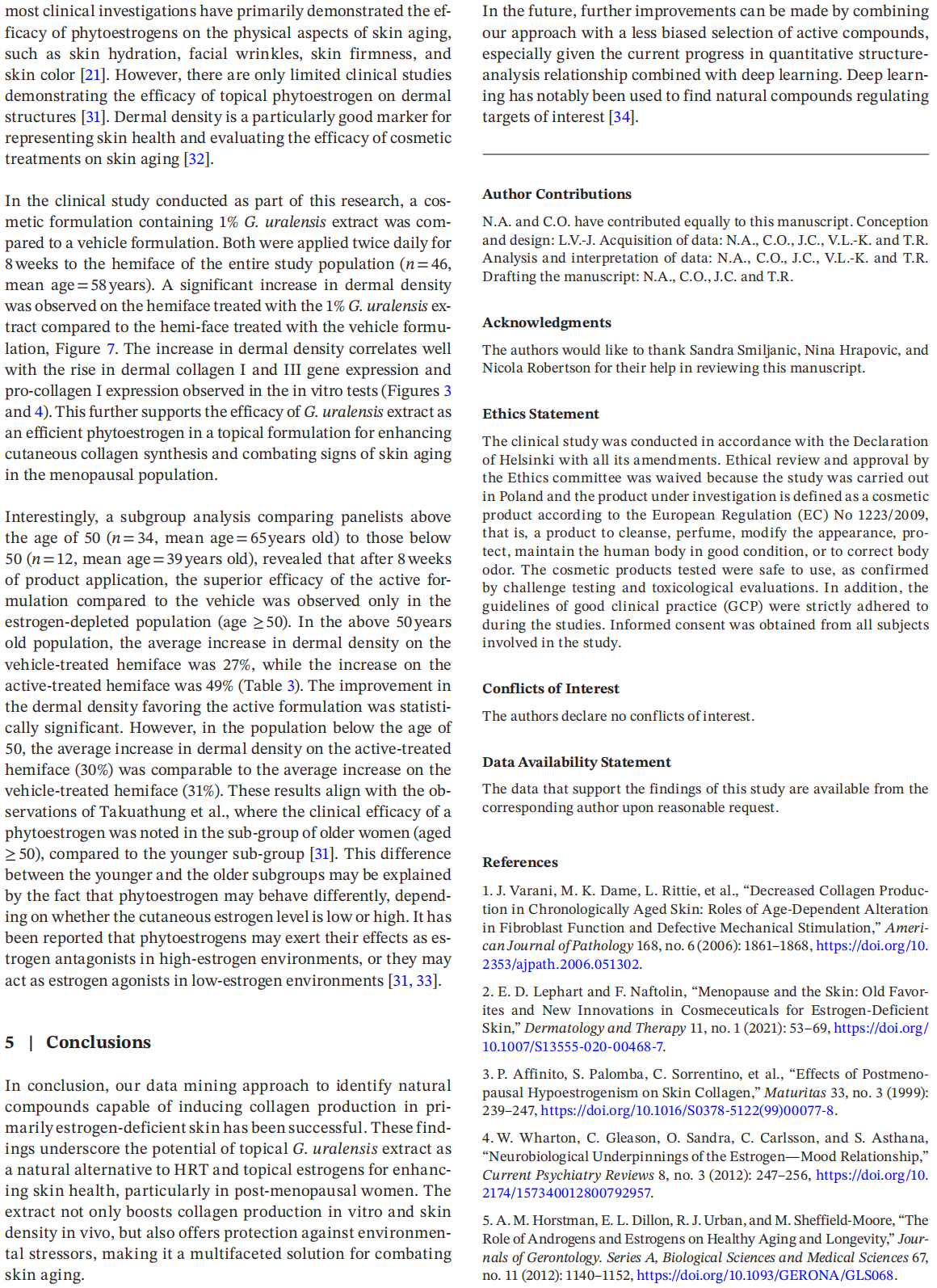
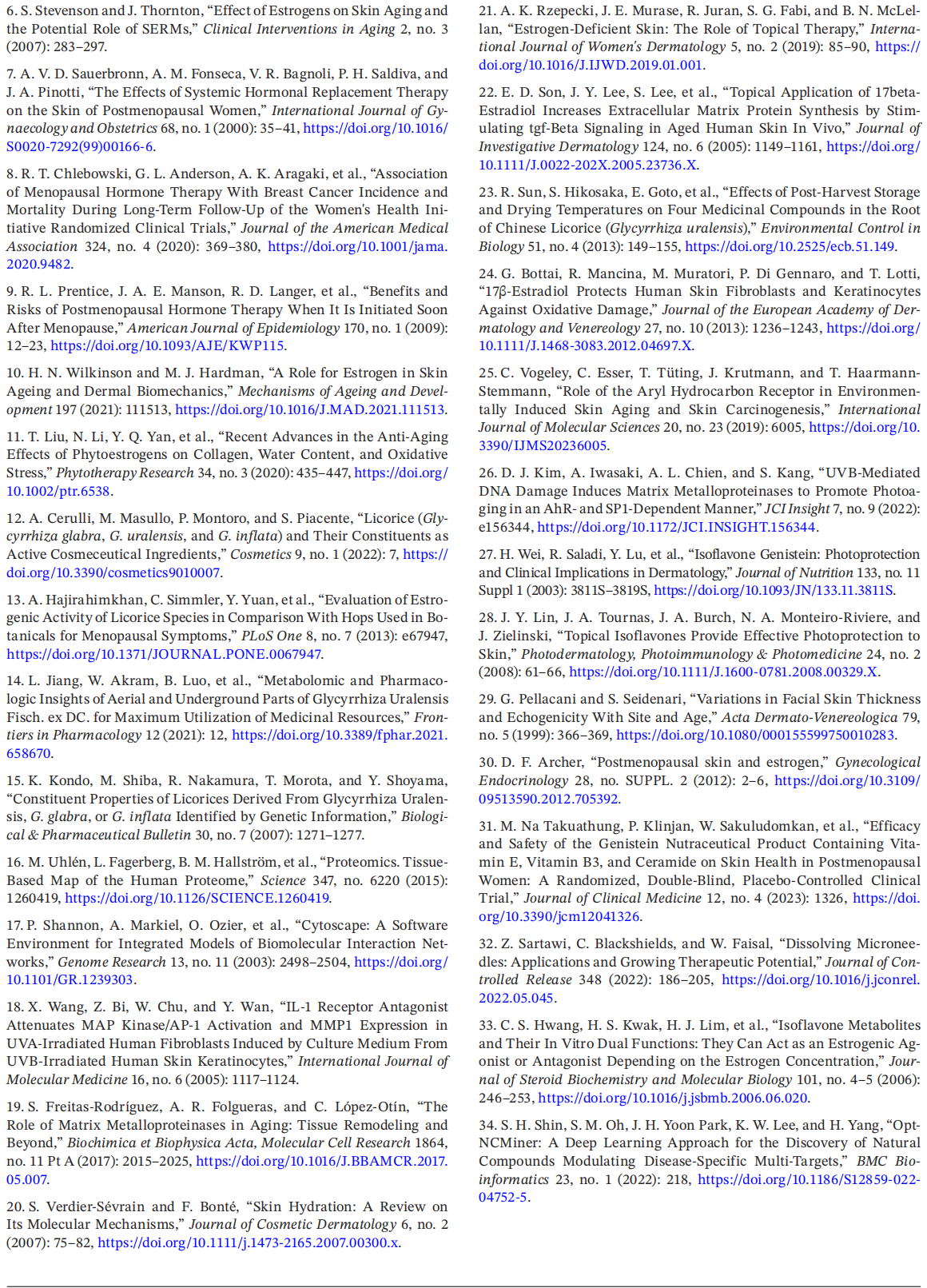
this article is excerpted from the Journal of Cosmetic Dermatology, 2025; 24:e16719 by Wound World.









